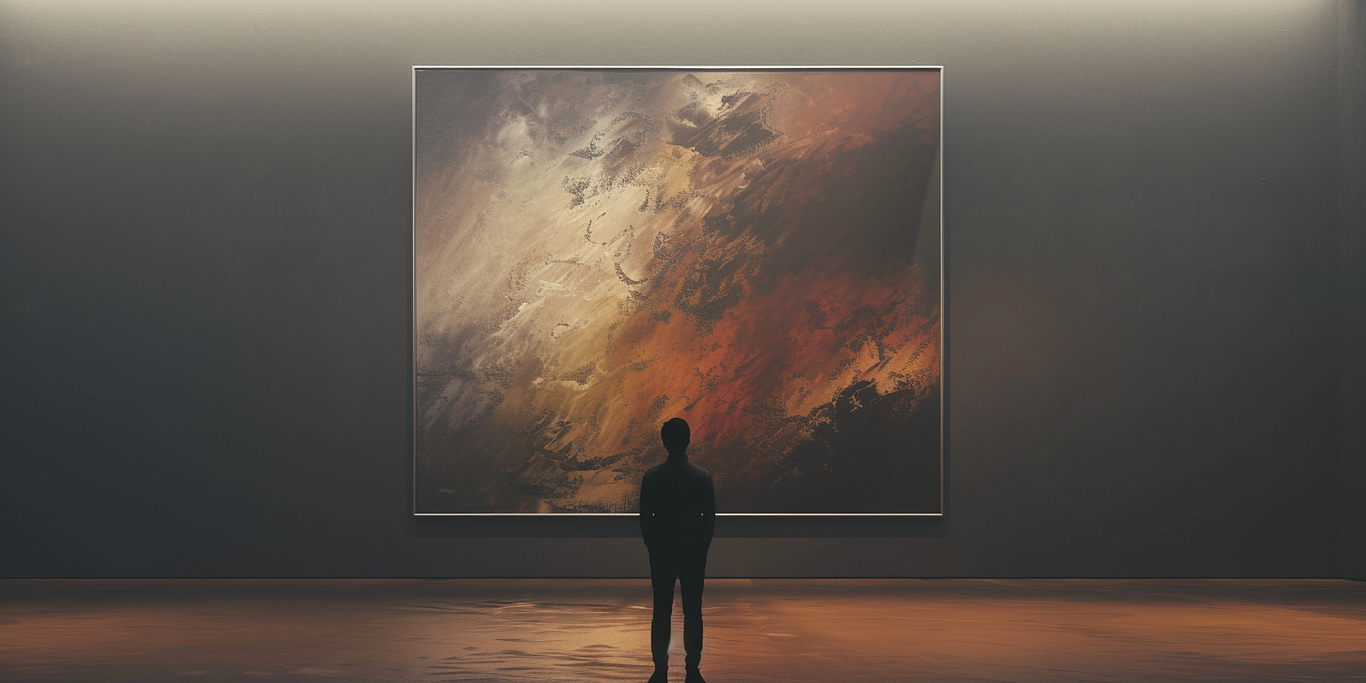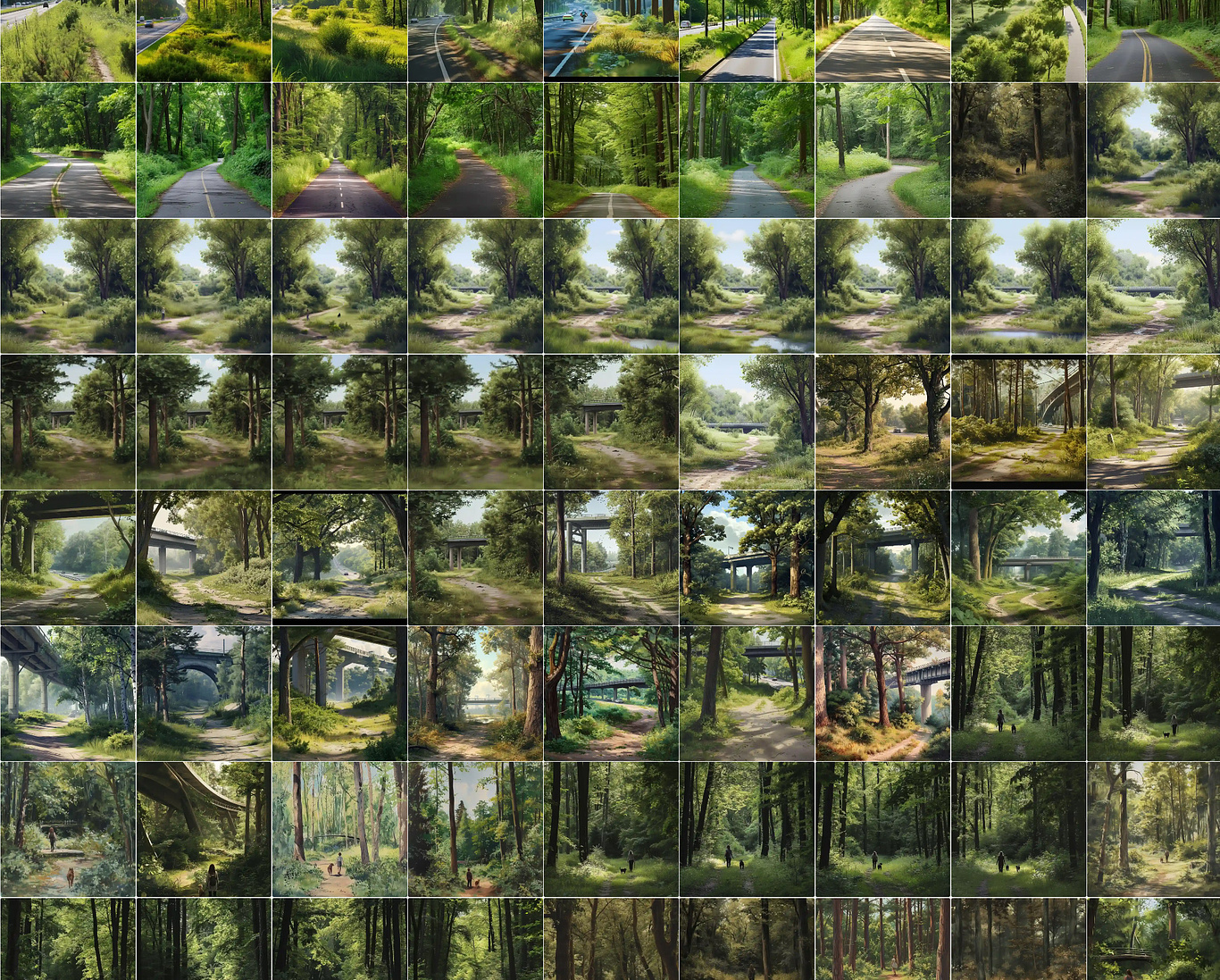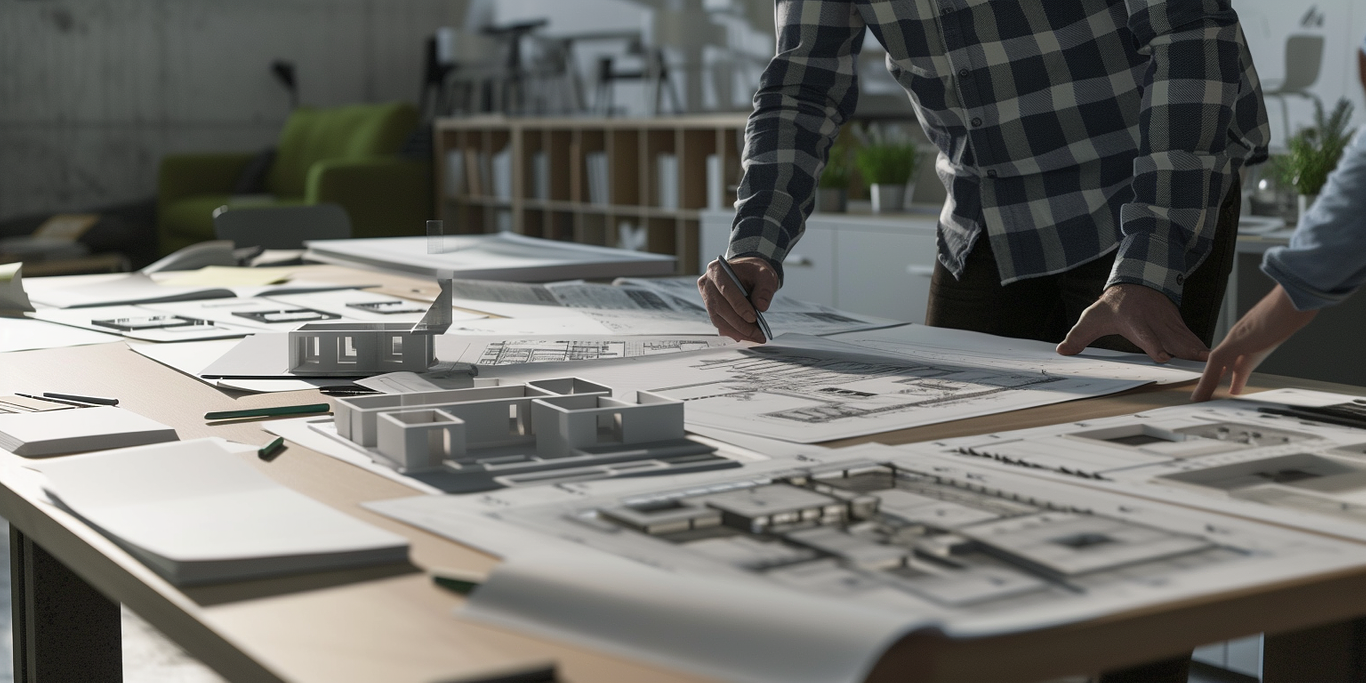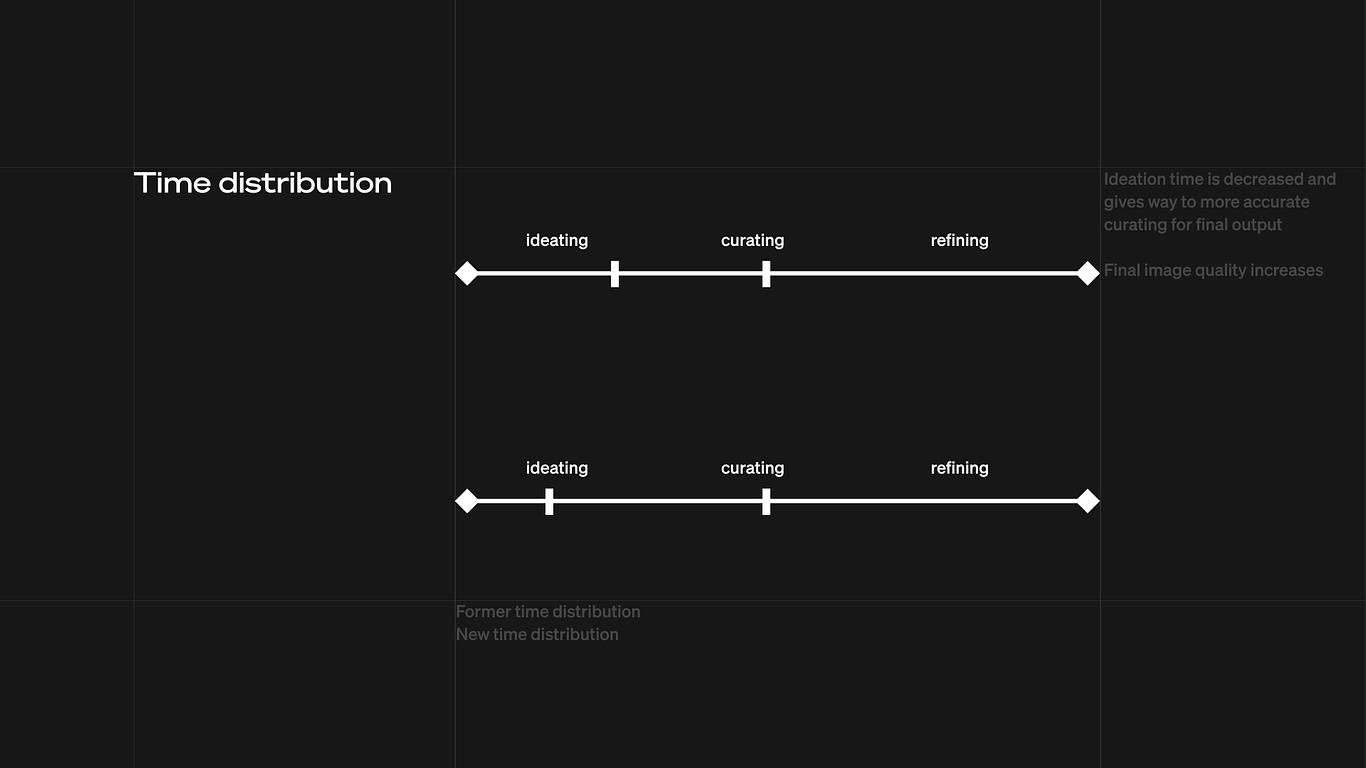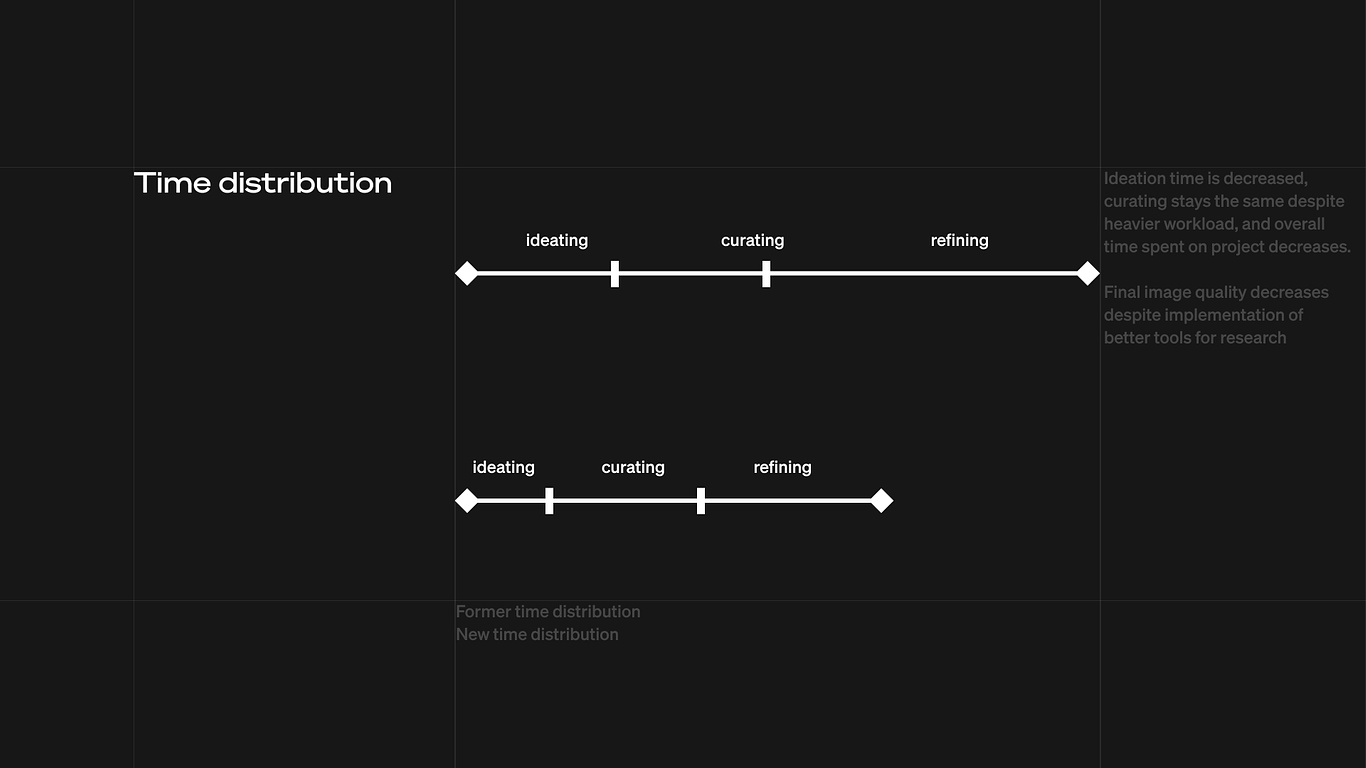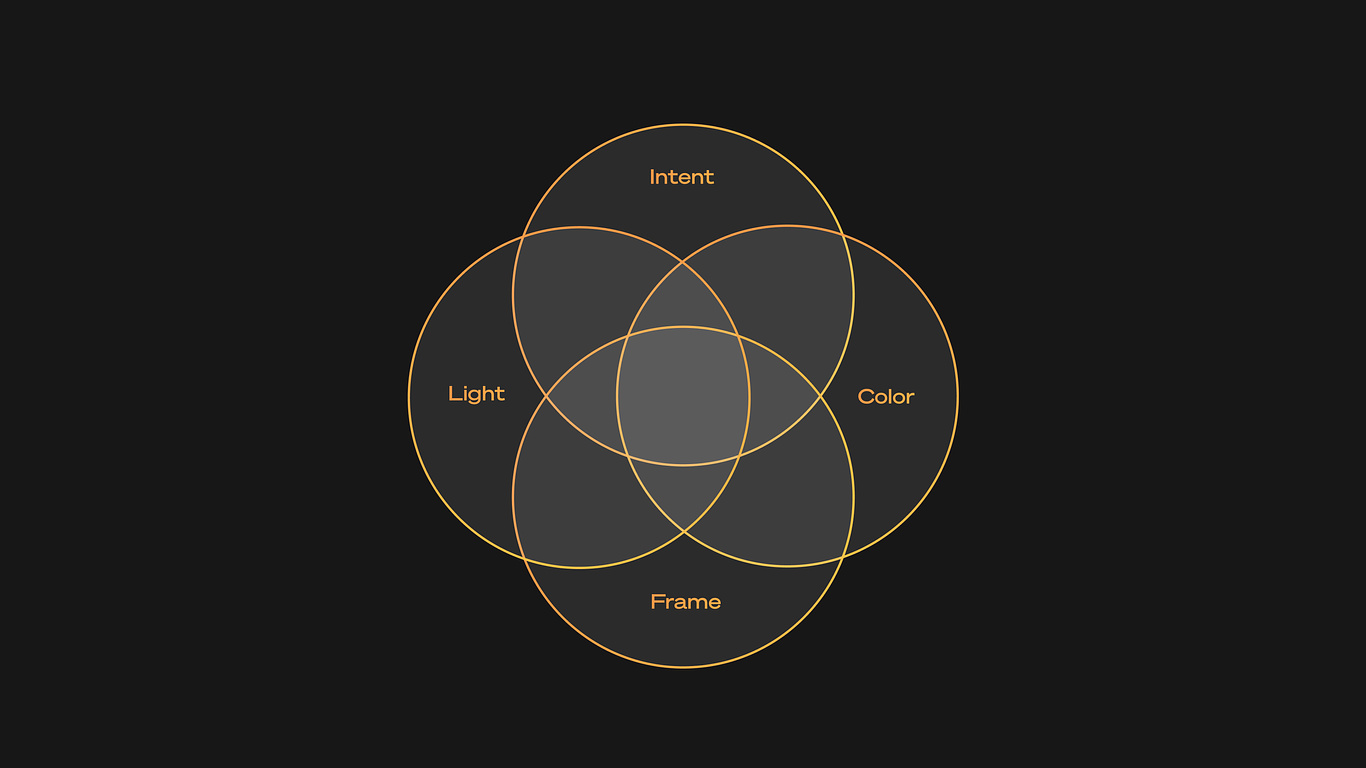
Business In Archviz
The art of curating in the age of AI
I like to talk about trends, especially since the arrival of AI in the typical workflow.
Here I won't even talk about the use of AI in the conceptualizing process as it would take a whole article in itself, but simply focus on probably the second most important step in making image : identifying your keepers, or killing your darlings. In one nice word, we call that curating.
When I look at the typical post whether on Instagram or FB pages, there seems to have been a gradual shift in the way work is presented, and in this article I want to point out its multiple origins, and the negative impact it can have on the work overall perception.
What was the archviz workflow initially like?
Let's start with what has archviz been about for most of its history : rendering.
Yes making images requires a lot of work in modelling, texturing, lighting, detailing, etc. But a big chunk of the actual project time was taken by actually rendering images.
What this meant is that initially images were foreseen through storyboard and sketches, then taken to their digital version later on with only a few tests because everything was thought beforehand and actually rendering out tests took ages.
With the advancement of rendering technologies and hardware power, it became more and more easy to render out tests. First in simple clay renders, and nowadays you can even render out many textured tests in just a few hours or minutes even. Realtime rendering is the final step of this evolution that just gives you direct feedback as you change parameters in your scene.
So while initially software and hardware were a limitation to the experimentation process, because eventually you have a deadline to meet and you can't try out hundreds of ideas if it takes 10 hours to render one, nowadays software and hardware evolution helped us to enter an era where trying out ideas is almost instant.
What is the impact of AI on this workflow?
AI text-to-image LLM's enter the chat a few years ago, and takes experimentation, ideation and research to a whole new level.
Instead of manually visiting a scene and taking snapshots of potential working compositions, software like Stable Diffusion and MJ can now churn out thousands of "options" in a few hours if not minutes of research with simple text inputs.
This creates a big shift in time distribution that hasn't really been properly integrated into artists workflow, or at least from what I can see on the shift in the way people post their work on social medias. More on that in a second.
What is curation?
As mentioned at the beginning, the next big step when it comes to making impactful images is not refining textures or adding random props in your scene, but actually curating.
In art, curators are generally in charge of planning and organizing art exhibitions in museums, galleries and other institutions. They select and arrange artworks to create narratives that provide an engaging experience for visitors.
Why is it relevant?
If you don't see how this is relevant to archviz, curating your work is basically the difference between showing 2 or 3 options to your client, and showing 25.
Essentially what clients are paying us for is to create a narrative surrounding their project (which is not to be mistaken for storytelling, another meaningless word that has probably lost its substance as much as composition, but that's for another article). This narrative will be done with a succession of still images and/or animations.
The problem when you're presented with too many options, is that it makes it harder to choose than between a handful of options. This is what we commonly refer to as the paradox of choice.
It is easier to choose between 5 or 7 options, than to choose between 25. And not only that, but an image will have more impact on its own, than diluted in a sea of similar looking contenders.
It is easier to choose between 5 or 7 options, than to choose between 25. And not only that, but an image will have more impact on its own, than diluted in a sea of similar looking contenders.
And this paradox of choice is made even stronger with the appearance of AI, where instead of choosing between 25 options, you choose between hundreds.
So, we now have a tool at our disposal that potentially tenfolds our output capability. Cool. In itself it is not a problem. But it for sure should have an impact on the way we work. And what do we seem to notice?
What could have happened
Here I'm just going into some wishful thinking, of course every individual will react differently to change. Still, I would have hoped that a majority of artists would have gone that way :
- A tool lets me create way more variations than I used to
- The time I usually spent exploring scene is decreased because AI makes me make variations faster
- I allocate this new extra time to properly curating the final options I will push further
- I will still present a limited numbers of options or final images, but they will be the fruit of an even more thorough research, thus increasing their value
What actually happened
Again, this might be more of a feeling than an actual trend, but this is genuinely the type of content I see on all the social media platforms on a daily basis.
- A tool lets me create way more variations than I used to
- The time I usually spent exploring scene is decreased because AI makes me make variations faster
- I still spend the same time curating, which is close to zero
- I will now make posts on social medias with 25 average images rather than one or two, and I will present more options to my clients and let them choose because I have no idea of which one is better anyway.
Bear in mind this trend was already well underway when rendering became faster, or realtime technologies (Unreal especially) started to be more used. You get sometimes posts with literally 50 images of random snapshots done in an Unreal scene. If this was just a post about research process or work in progress, it could make sense, but no, these are considered "final images" by the OP. Maybe a couple of them in there are interesting, and the rest is usually garbage.
When it comes to pure AI products (such as accounts that purely do posts of AI-generated images), I'm pretty sure the only reason they don't do posts of 50 images, is because Instagram has a limit of 10 images. Interestingly, the ones that tend to have the most impact on me and present the most original content are the ones that still do single posts despite thousands of iterations done behind the scene.
How do you actually curate images?
So we have a tool that help us ideate faster and more efficiently, and yet the impact of the images we're producing decreases because curating is not done properly, if at all.
This is a quite paradoxical situation that, unfortunately, is pretty common everytime one step of any creative process becomes easier (one example amongst many others).
Funnily enough, however far we get into the process of crafting images, and into new technologies, it will always come down to the same fundamentals : understanding composition.
Curating images is understanding what you're trying to do (intent), what is the best way to organize this idea (frame), the best lighting scenario to create the atmosphere you need (lighting), and identifying the suitable color palette that will help your narrative (color). And repeat that process thoroughly for each image, and then on series of images to make them work together.
With a shallow knowledge in any of these areas, you simply can't mindfully pick one image from another, and they will of course all look equally good to the untrained eye.
The problem is, it will be the same with a client that is usually all the more untrained. This dumbs down the careful selection process to a mere opinion-based choice.
This decreases the perceived value of the overall service of archviz, thus making it harder to charge normal fees for your services.
This decreases the final quality of the output.
This decreases the impact of potentially interesting architectural projects because they are visually poorly communicated.
So take time to learn what matters before generating hundreds of images and not knowing how to even curate them mindfully.
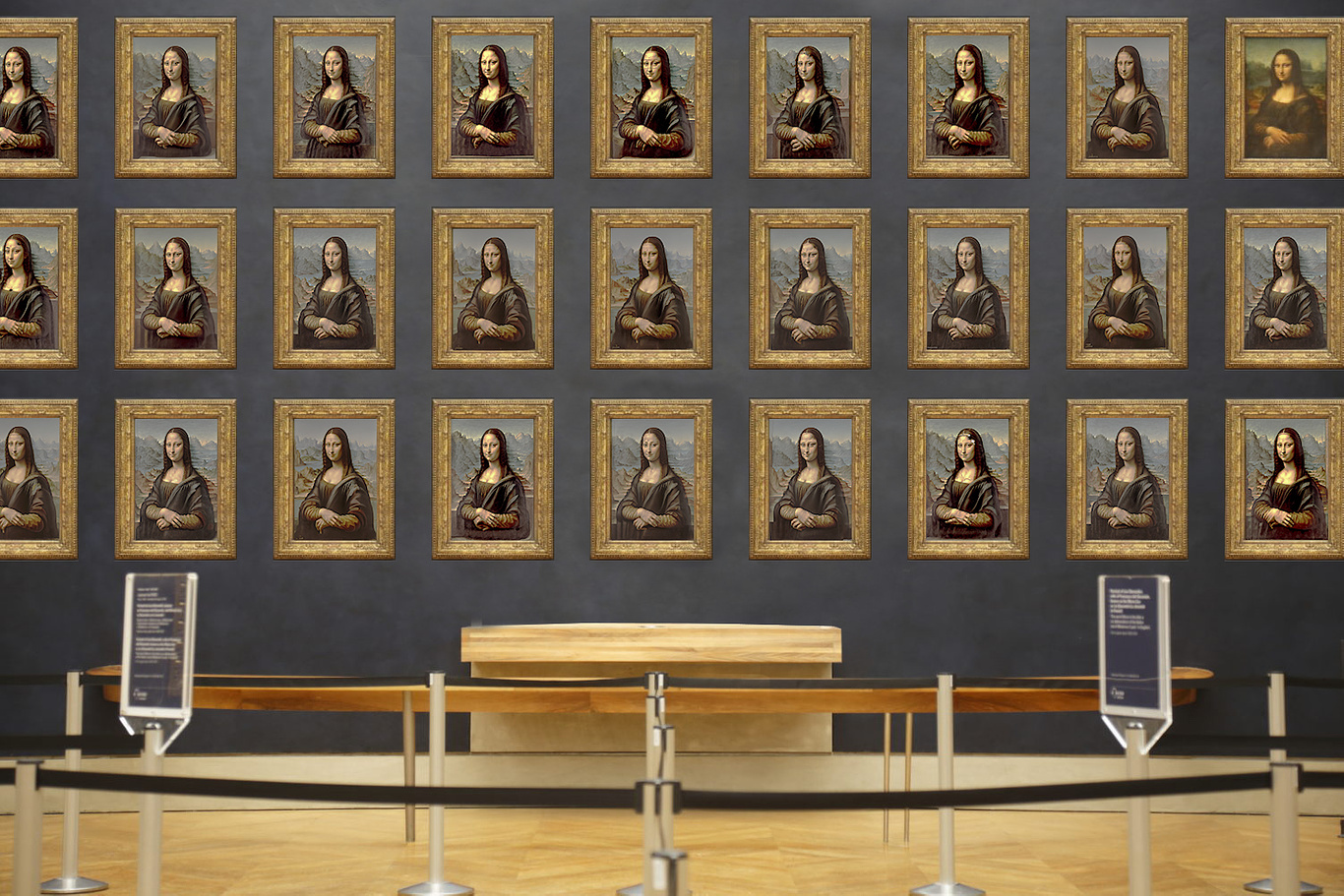
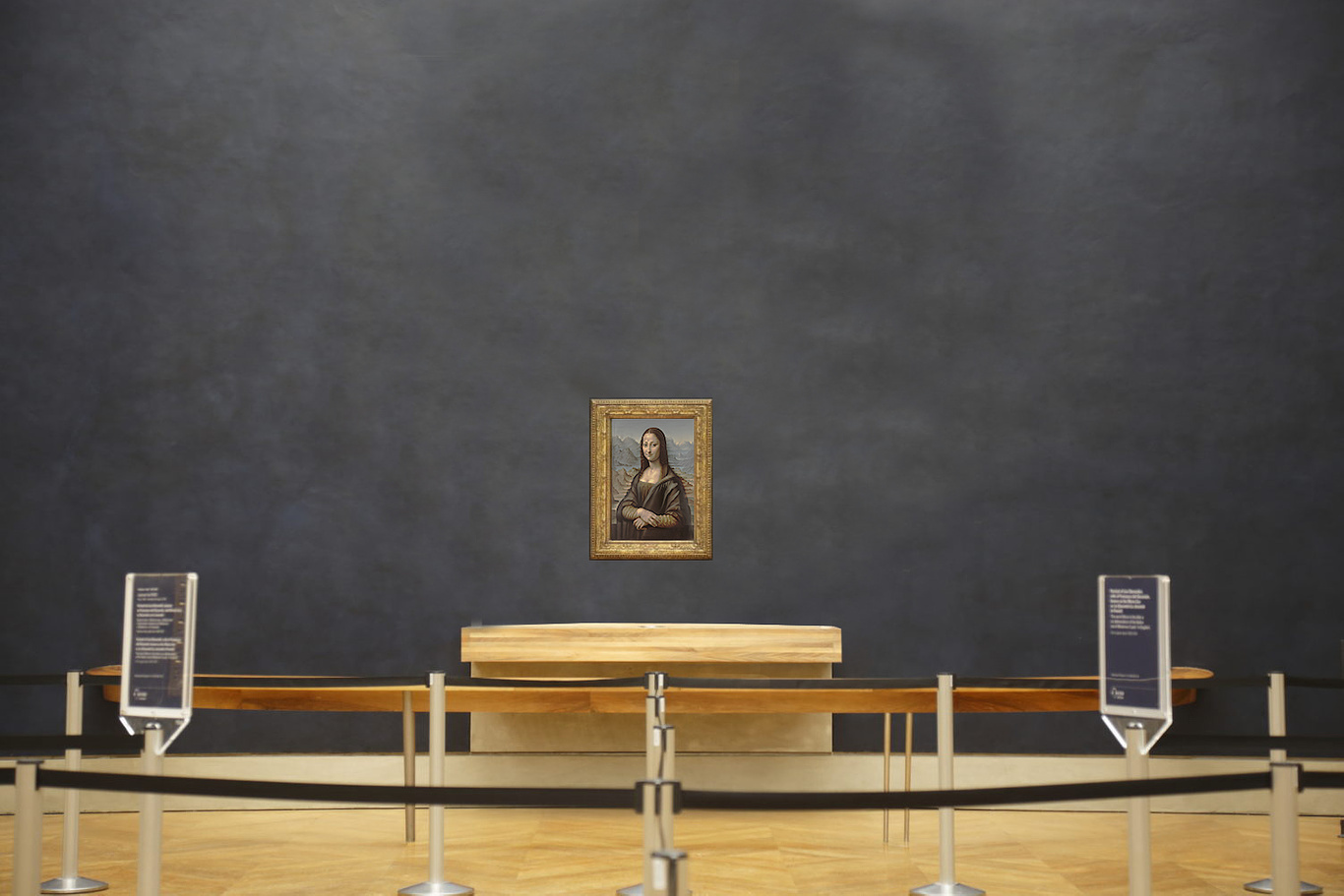
If you want to learn more about composition, including how to leverage its power to curate properly your images, check out my full online course From The Ground Up
You must be logged in to post a comment. Login here.
About this article
The ideation process has been deeply impacted by AI. We can nowadays generate thousands of options when researching for the perfect image. But behind this upside, lies a potential for a bigger downside : bad curating.
visibility226
favorite_border0
mode_comment0


